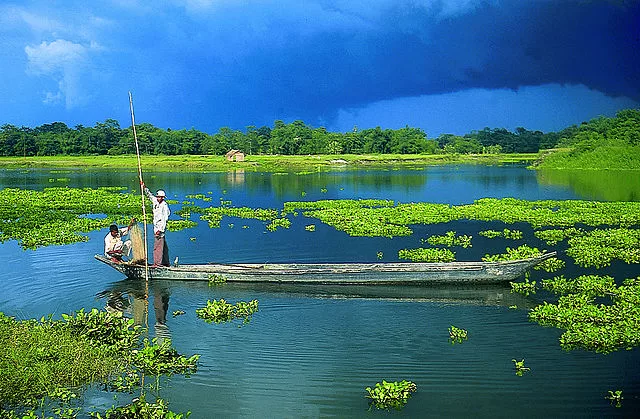Nestled in the Brahmaputra River in the Indian state of Assam, Majuli is a mesmerizing island that exudes rich cultural heritage and natural beauty. Spread across an area of approximately 352 square kilometers, Majuli is the largest river island in the world. With its unique blend of vibrant traditions, serene landscapes, and spiritual ambiance, Majuli offers an unforgettable experience to its visitors. In this article, we will delve into the enchanting world of Majuli, exploring its cultural significance, natural wonders, and the experiences it offers.
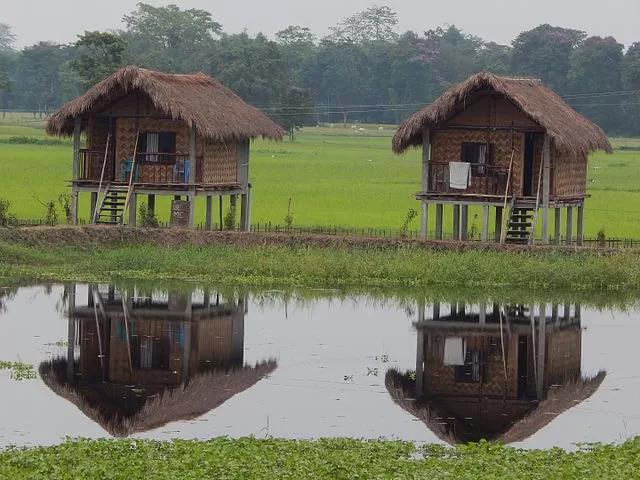
The Origins of Majuli
Majuli has a rich history that dates back to the 16th century. It was originally formed due to the shifting course of the Brahmaputra River. Over the centuries, Majuli has served as a center for Vaishnavite culture, attracting saints and scholars from far and wide.
Majuli’s Cultural Heritage
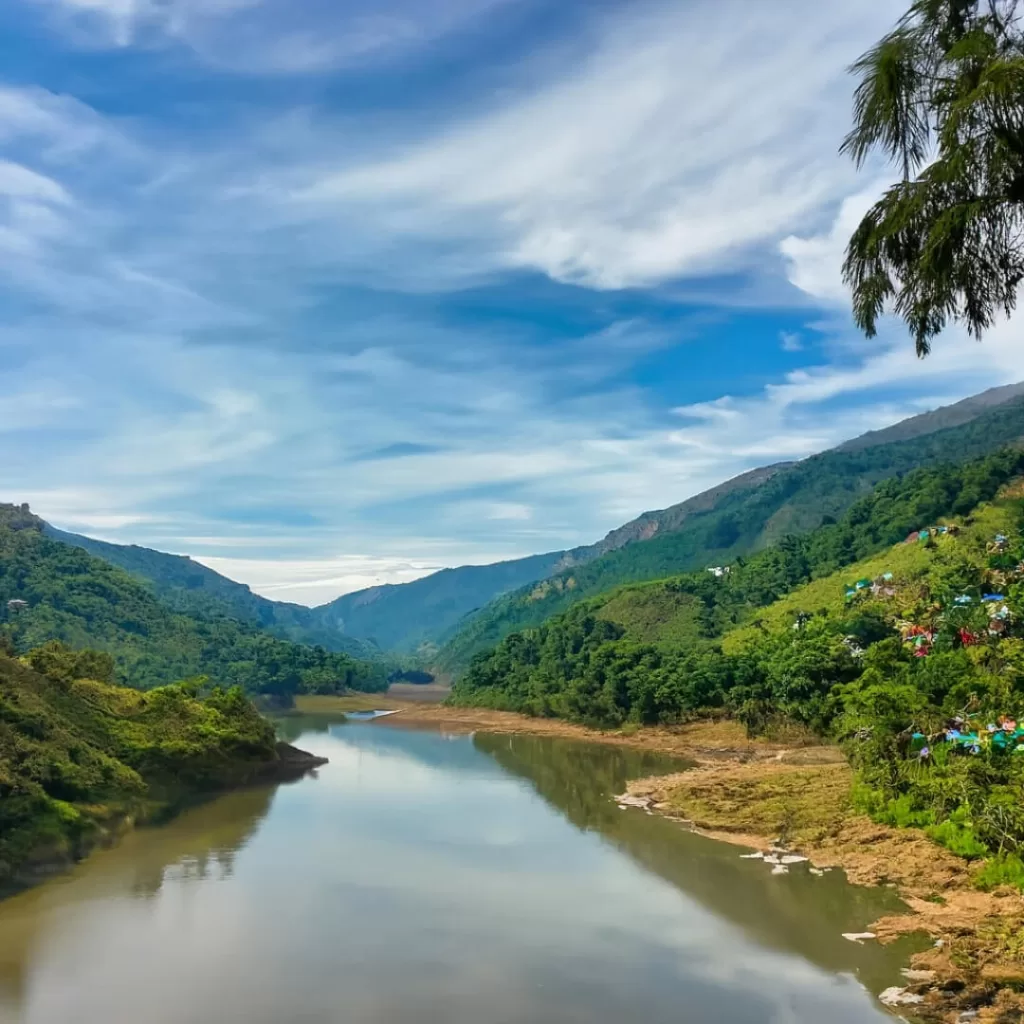
1 Satras: The Spiritual Haven
Majuli is renowned for its Satras, which are monastic institutions that have played a crucial role in preserving and propagating the teachings of the 15th-century saint, Srimanta Sankardeva. These Satras are not only spiritual centers but also cultural hubs where various art forms are practiced and taught.
2 Mask-Making: A Traditional Artform
One of the captivating aspects of Majuli’s cultural heritage is its mask-making tradition. Skilled artisans craft intricately designed masks that are used during religious performances and traditional festivals. These masks vividly depict characters from Hindu mythology and local folktales.
3 Music and Dance: Celebrating Life
The rhythmic beats of the khol (traditional drum) and the melodious tunes of the flute fill the air of Majuli, as music and dance form an integral part of its cultural tapestry. The mesmerizing Borgeet (devotional songs) and Sattriya Nritya (classical dance form) are performed during religious ceremonies, showcasing the island’s artistic prowess.
Majuli’s Breathtaking Landscapes
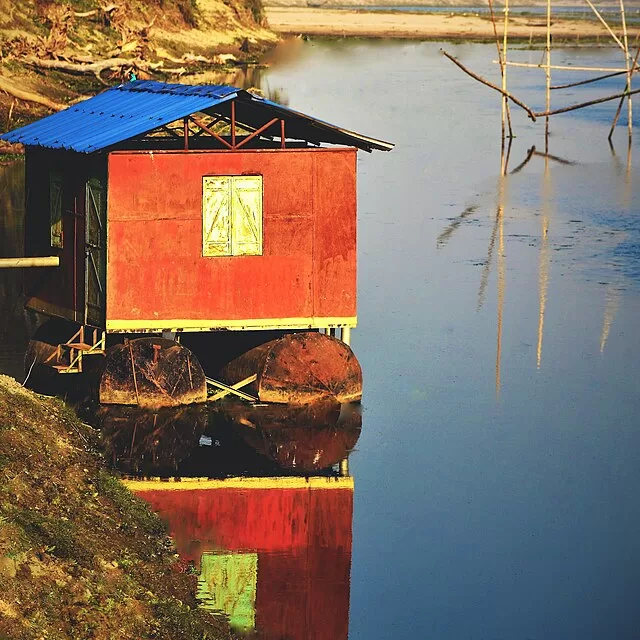
1 Lush Paddy Fields
As you traverse Majuli, you will be captivated by the sprawling green paddy fields that stretch as far as the eye can see. The island’s fertile soil nurtures abundant rice cultivation, and the vibrant fields create a picturesque landscape, offering a serene escape from the bustling city life.
2 Wetlands and Wildlife
Majuli is a paradise for nature enthusiasts. The island is blessed with numerous wetlands that serve as vital habitats for a wide variety of migratory birds. Birdwatchers can catch a glimpse of rare species like the Greater Adjutant Stork and the Spot-billed Pelican, making Majuli a birdwatching haven.
3 Majuli’s Unique Flora
Majuli boasts a diverse range of flora, including numerous medicinal plants and herbs. The island’s wetland ecosystem supports the growth of water lilies, lotus flowers, and various aquatic plants. Exploring the island’s flora is an immersive experience that showcases the beauty of nature.
Exploring Majuli: Experiences and Activities

1 Cycling through Majuli’s Villages
To truly experience the essence of Majuli, hop on a bicycle and explore the island’s picturesque villages. As you pedal along the narrow paths, you will witness the everyday lives of the locals, interact with friendly villagers, and immerse yourself in the island’s rustic charm.
2 Boat Rides on the Brahmaputra
Embark on a boat ride along the mighty Brahmaputra River to witness Majuli’s stunning vistas from a different perspective. The boat ride offers panoramic views of the island, allowing you to appreciate its breathtaking beauty and gain insights into the lives of the riverine communities.
3 Experiencing the Raas Festival
If you visit Majuli during the autumn season, you will have the opportunity to witness the grandeur of the Raas festival. This traditional festival celebrates the divine love between Lord Krishna and Radha through vibrant dance performances, music, and theatrical acts. The Raas festival is a cultural extravaganza that showcases Majuli’s lively spirit.
Preserving Majuli: Challenges and Conservation Efforts
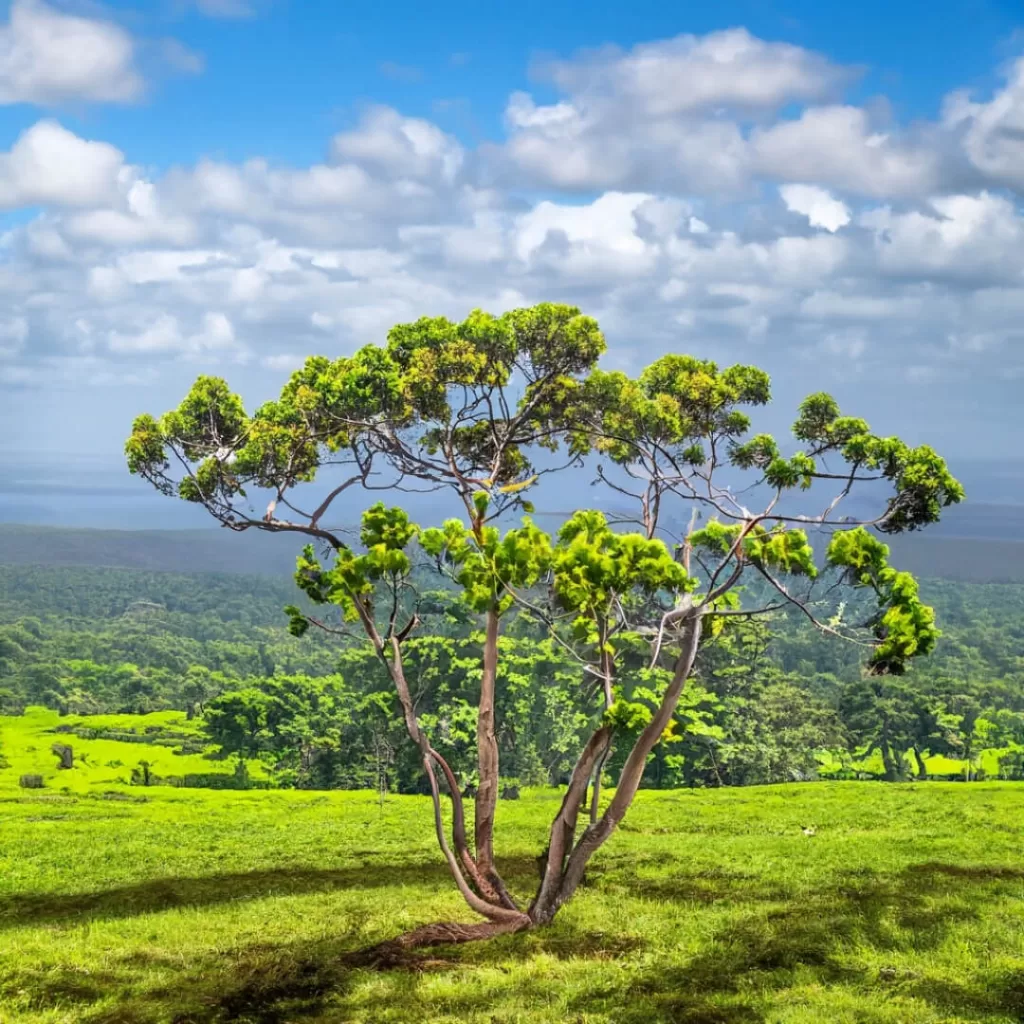
1 Erosion: A Constant Threat
Majuli faces the ongoing challenge of erosion due to the Brahmaputra River’s relentless force. Over the years, a significant portion of the island has been lost to the river, posing a threat to its existence. Efforts are being made to combat erosion through engineering interventions and sustainable practices.
2 Government Initiatives for Conservation
Recognizing the cultural and ecological significance of Majuli, the government of Assam has initiated conservation projects to protect the island. Measures such as afforestation, erosion control, and sustainable tourism practices are being implemented to preserve Majuli’s unique heritage for future generations.
Conclusion
Majuli is a cultural gem that beckons travelers with its unparalleled charm. Its spiritual heritage, breathtaking landscapes, and immersive experiences make it a destination worth exploring. By preserving Majuli’s heritage and addressing the challenges it faces, we can ensure that this enchanting island continues to thrive for years to come.
FAQs
-
Where is Majuli located and how do I get there?
Majuli is located in the Brahmaputra River in Assam, India. You can reach it by taking a ferry from Jorhat’s Nimati Ghat, which is well-connected by road, rail, and air. The ferry ride is scenic and takes about an hour. -
What makes Majuli so special?
Majuli isn’t just the world’s largest river island—it’s a cultural paradise. It’s home to neo-Vaishnavite monasteries called Satras, a vibrant tribal lifestyle, and stunning natural beauty. It’s where tradition and tranquility coexist. -
Is Majuli safe for solo travelers or women?
Yes, Majuli is considered quite safe for all kinds of travelers, including solo and female travelers. The locals are warm, hospitable, and helpful. Still, like anywhere, it’s best to travel smart and stay aware of your surroundings. -
What is the best time to visit Majuli?
The ideal time to visit is between October and March when the weather is pleasant and the island is lush and green. Avoid the monsoon season (June to September) due to flooding and ferry disruptions. -
Can I stay overnight in Majuli, and what are the accommodation options?
Absolutely! Majuli has a mix of guesthouses, eco-resorts, and homestays. Staying in a bamboo hut or with a local family gives you a real taste of island life—simple, serene, and soulful.

